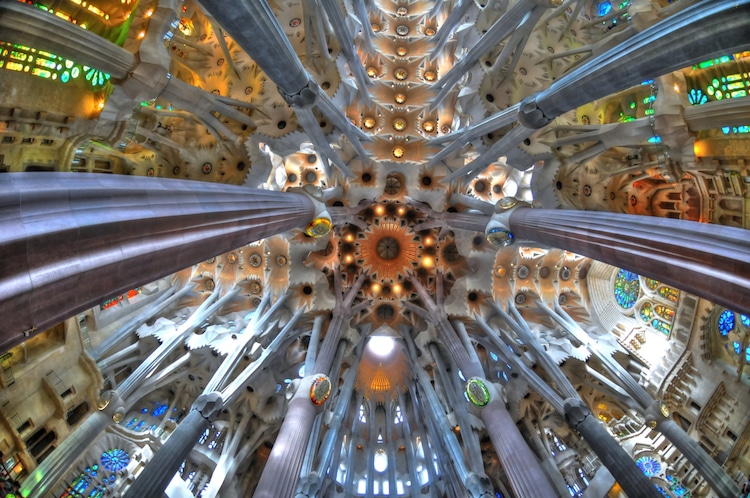Celebrated for his colorful creations and avant-garde approach to architecture, Antoni Gaudí is held as a key figure in the modernist movement. In addition to introducing Spain to the Art Nouveau style, the Spanish creative is renowned for the eclectic-yet-unified nature of his projects. Though most of these works are found in and around Barcelona, his influences can be found throughout all of Europe and beyond.
Here, we present the unique aesthetic and artistic genius of Gaudí, as we trace the evolution of his personal style, explore the movements that inspired him, and take a closer look at 5 of his most well-known, world-famous works.
Iconic Architecture
Casa Vicens
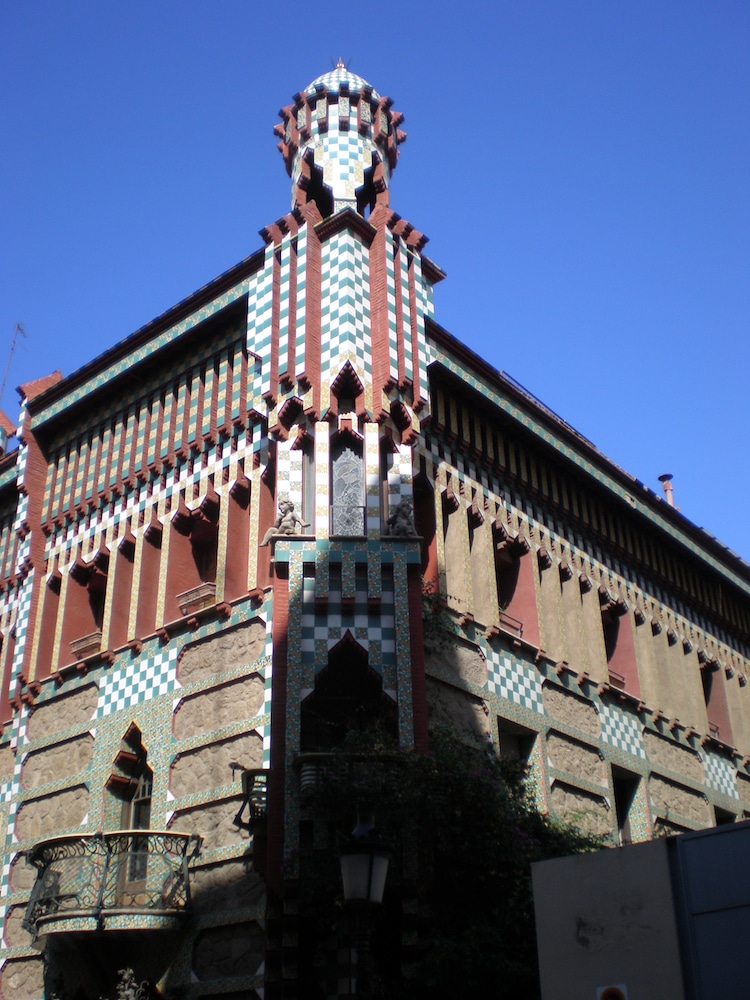
Photo: Jaume Meneses (Flickr: Barcelona i el modernisme) [CC BY-SA 2.0], via Wikimedia Commons
As Gaudí’s first major commission, Casa Vicens in Barcelona is one of the architect’s most important creations. Constructed between 1883 and 1885, the house is celebrated as a premiere example of Art Nouveau architecture. Specifically, with its Moorish influences—including painted mosaics, repeating geometric patterns, and multifoil arches—it is regarded as a catalyst of Catalan Modernisme.
Casa Vicens is currently being transformed into a Gaudí Museum, which is slated to open later this year.

Photo: Pere López (Own work) [CC BY-SA 3.0], via Wikimedia Commons
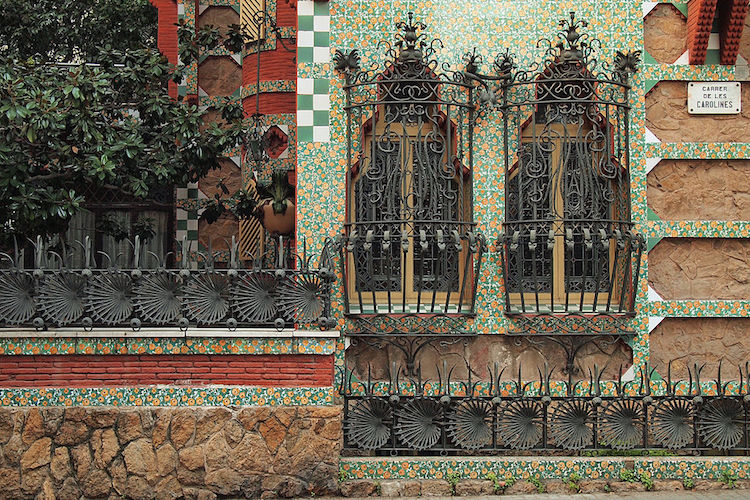
Photo: Niquito otiuqiN (Own work) [CC BY-SA 3.0 es], via Wikimedia Commons
Bodegas Güell
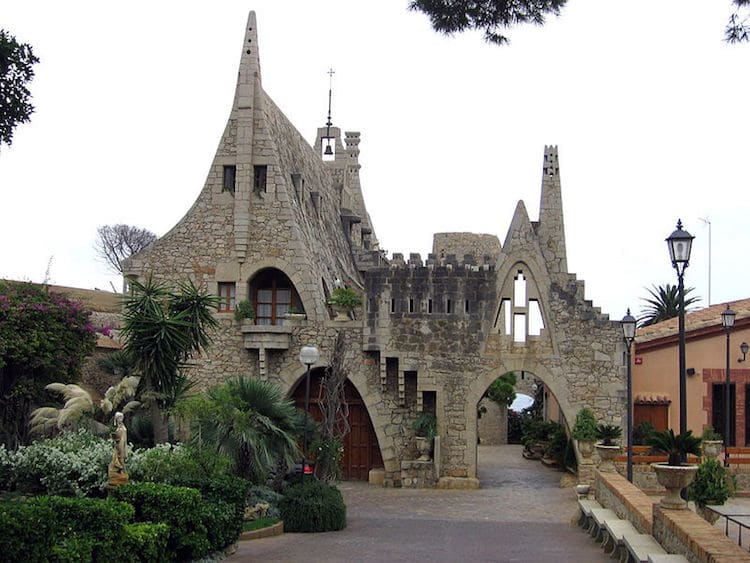
Photo: Canaan (Own work) [GFDL or CC BY-SA 4.0-3.0-2.5-2.0-1.0], via Wikimedia Commons
Built between 1895 and 1897, the Bodegas Güell, or Güell Wine Cellar, is a complex commissioned by Eusebi Güell. After viewing Gaudí’s piece at the Paris World’s Fair, Güell asked the architect to design a winery in the seaside village of Garraf.
The Bodegas Güell captures Gaudí’s interest in Neo-Gothic architecture, as its stone façade features steeply slanted roofs, several arches, and stylized spires.
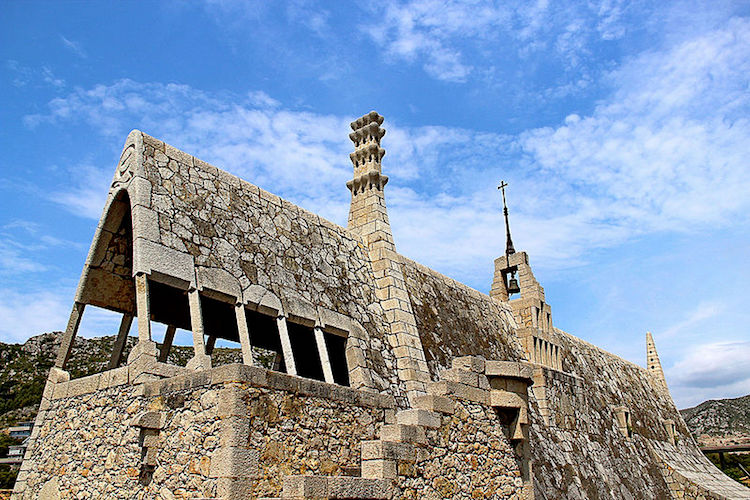
Photo: Maria planas aulet (Own work) [CC BY-SA 4.0], via Wikimedia Commons
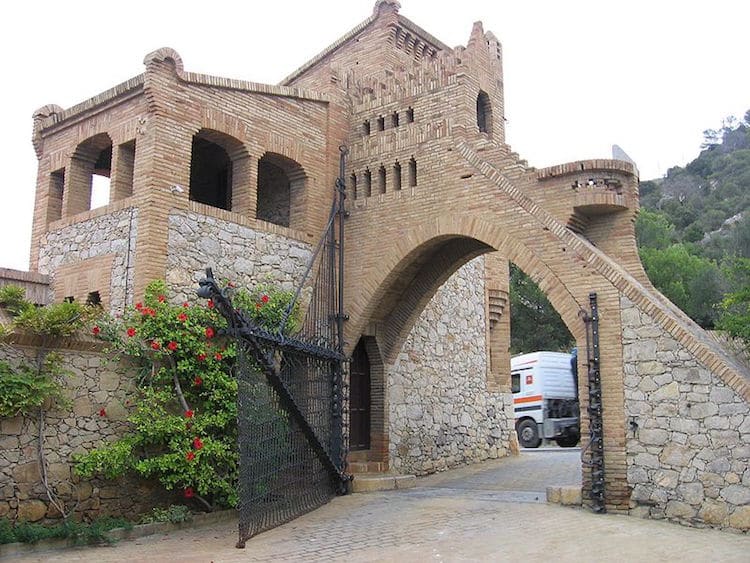
Photo: Canaan (Own work) [GFDL or CC BY-SA 4.0-3.0-2.5-2.0-1.0], via Wikimedia Commons
Park Güell
Güell was so pleased with Gaudí’s work that, in 1900, he commissioned him to design a housing site on a Barcelona hilltop. While the initial plan fell through, it has since been adapted into a park, with Gaudí’s original work serving as the main attraction.
Renowned for its polychromatic mosaics, fanciful pinnacles, and stone grottos, the park exhibits the extent of the architect’s flamboyant style. Featuring Gaudí’s typical focus on fluid, naturalist forms, it is now regarded as one of his most iconic creations.
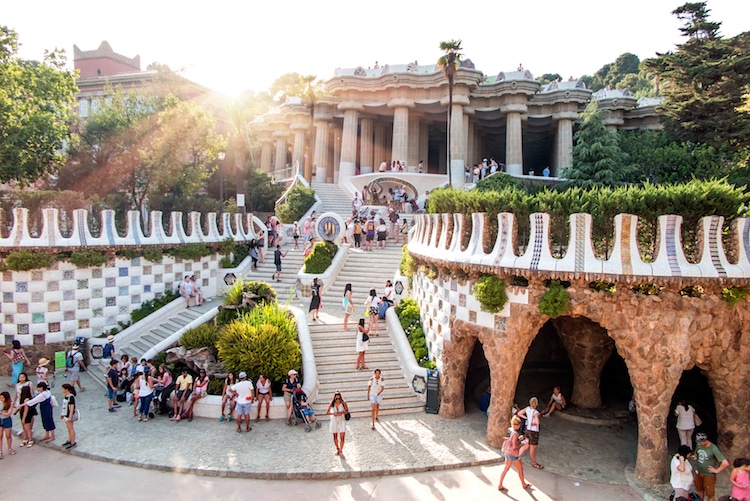
Photo: muratart / Shutterstock.com
Casa Batlló

Photo: tato grasso (Own work) [CC BY-SA 2.5], via Wikimedia Commons
Situated in Barcelona’s bustling center, Casa Batlló is one of Gaudí’s most well-known houses. In 1904, he was commissioned by Josep Batlló—a textile tycoon— to renovate the building, which was originally built in 1877. Unhappy with the home’s conventional look and inspired by Gaudí’s avant-garde designs for Park Güell, Batlló hoped that the architect could transform the home into a modern masterpiece.
Casa Batlló showcases many of the features associated with Art Nouveau, as it is almost entirely composed of curved lines and fluid forms. Gaudí’s attention to detail is evident in its stained glass windows and glimmering mosaics that incorporate color into its stone façade. Finally, the building is highly organic in appearance, with its tracery resembling a skeletal frame or the delicate wings of an insect.
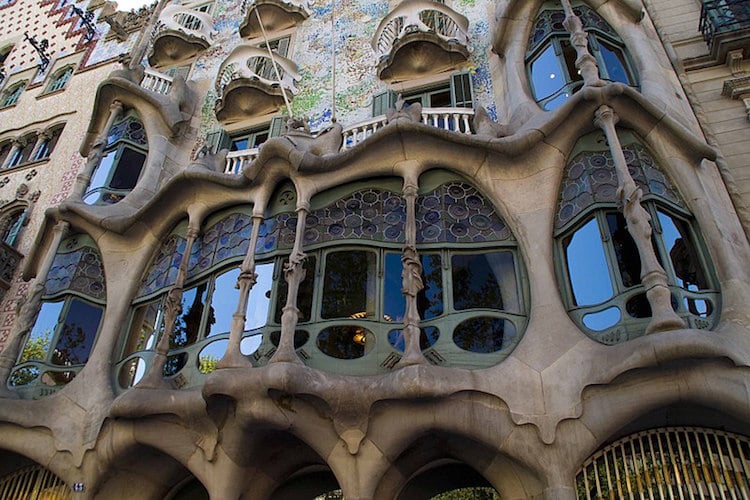
Photo: Planomenos (Own work) [CC BY-SA 3.0], via Wikimedia Commons
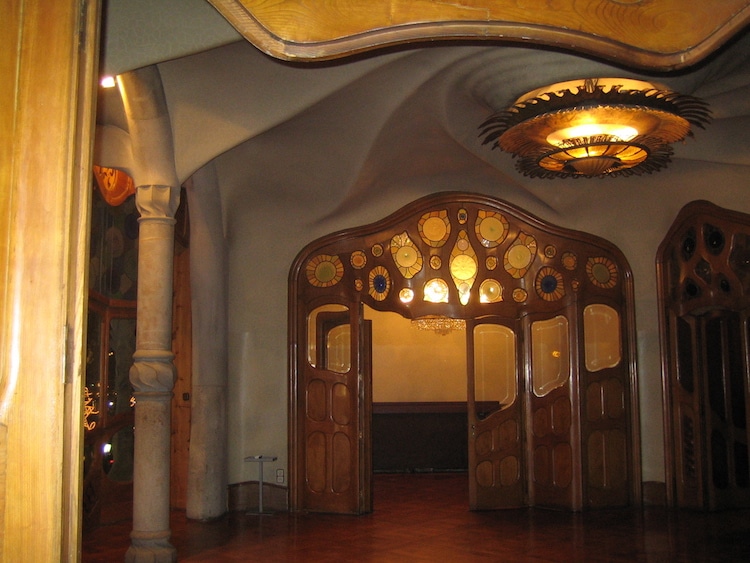
Photo: NicolasCorreard at French Wikipedia (Transferred from fr.wikipedia to Commons.) [Public domain], via Wikimedia Commons
La Sagrada Família
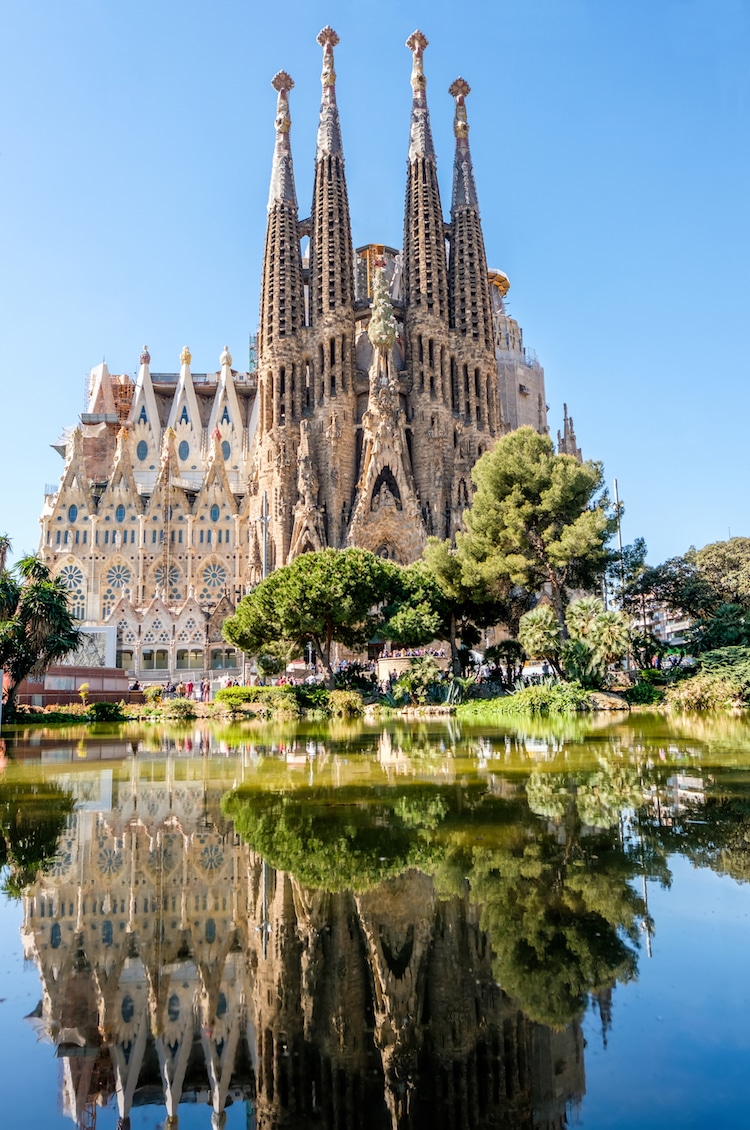
Photo: By haveseen / Shutterstock
Known as Gaudí’s most important—and ambitious—project, the unfinished la Sagrada Família has towered over Barcelona for 135 years. In 1883, Gaudí became involved with the project, which he would work on until his death in 1926.
Like much of Gaudí’s work, the church is praised for its naturalistic forms, intricate details, and wealth of color. Given the fact that the architect dedicated the second half of his life to the project, it is unsurprising that it combines many of his earlier influences—Art Nouveau, Arts and Crafts, Gothic Revival, and Orientalism—into one architectural marvel.
Today, though the church remains unfinished, it is the most visited attraction in Barcelona—and we can see why!
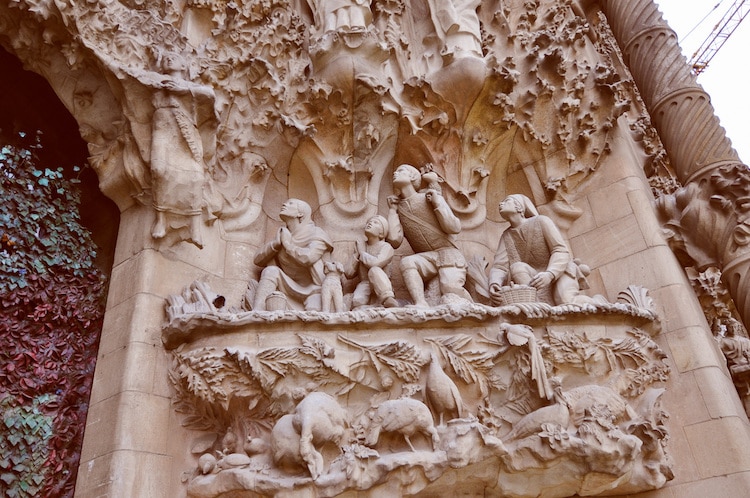
Photo: s74 / Shutterstock




